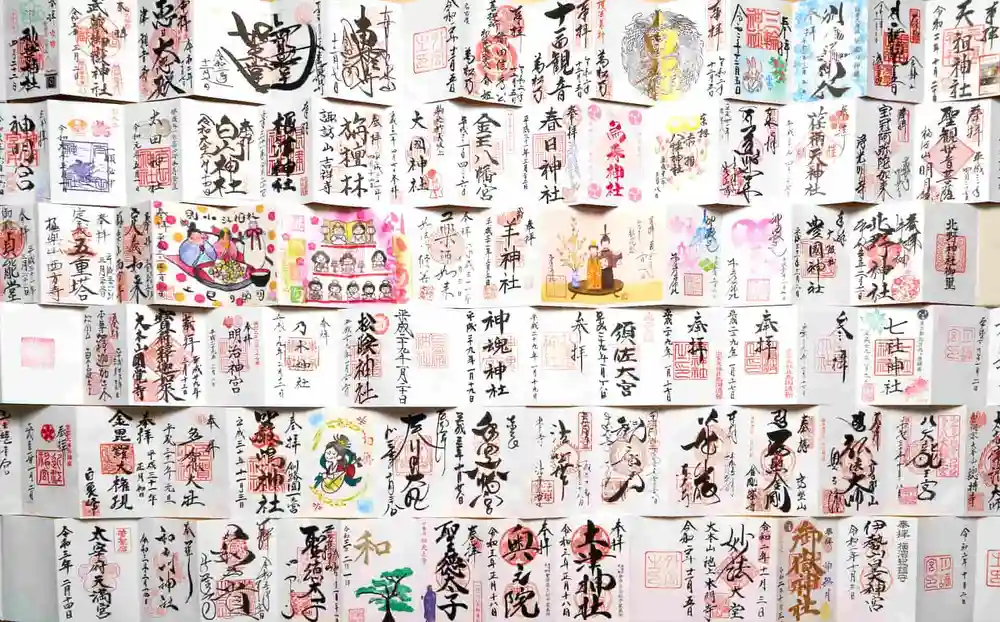ねづじんじゃ
御朱印・神社お寺の検索サイト楽しみ方
根津神社のお参りの記録一覧(14ページ目)
東京都のおすすめ3選❄️
広告
最新の限定御朱印情報が届く!
御朱印メルマガを受け取ろう
利用開始をもって利用規約・プライバシーポリシーに
同意したものとみなします。

ホトカミで困ったこと、不具合のご報告はこちらから
お問い合わせねづじんじゃ
利用開始をもって利用規約・プライバシーポリシーに
同意したものとみなします。

ホトカミで困ったこと、不具合のご報告はこちらから
お問い合わせ
5
0